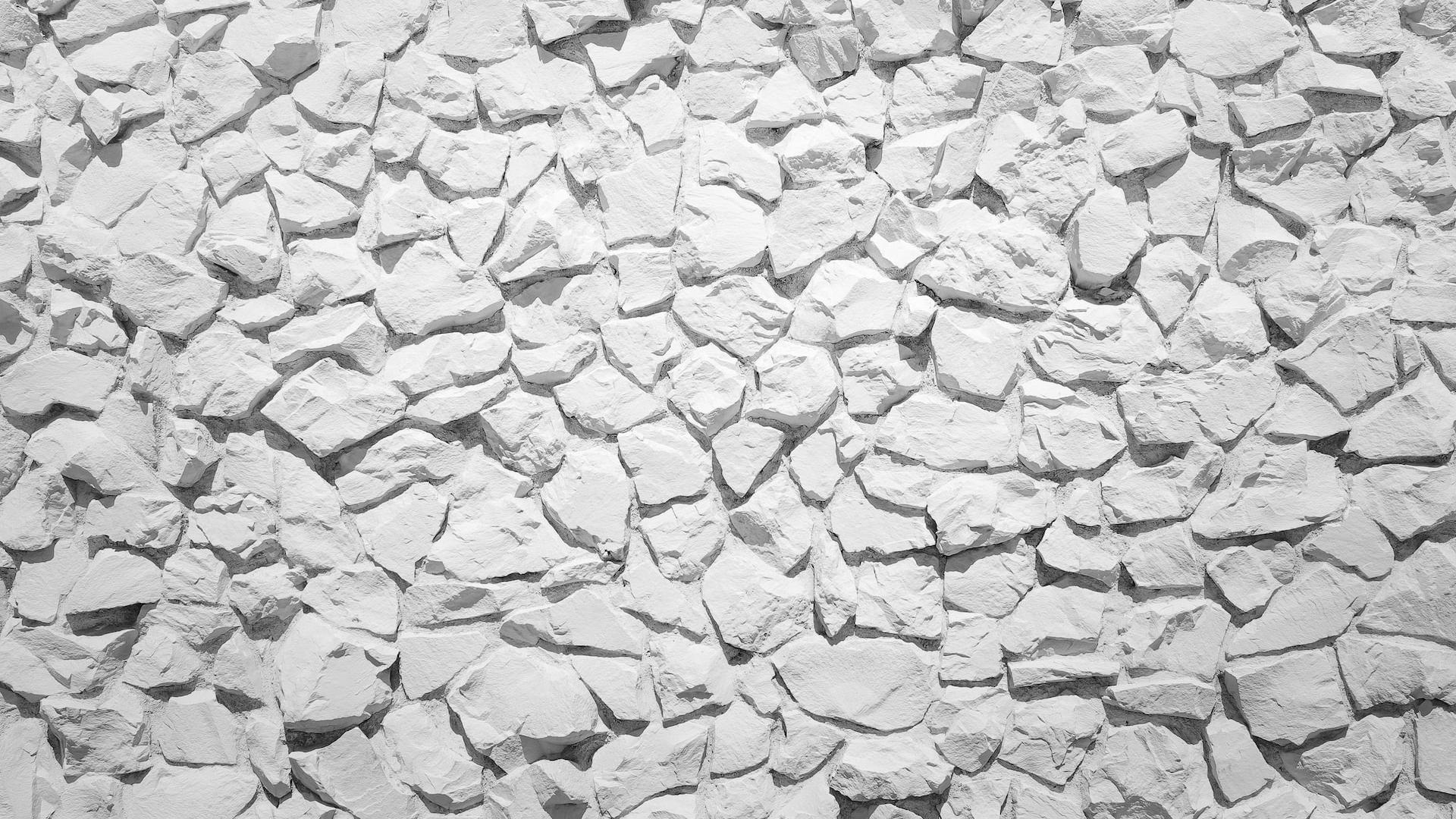Calcium carbonate (CaCO3) is an essential factor in various industries, which could be added in significant proportions of up to 20-30% of the the total materials. Derived from natural minerals, ground calcium carbonate powder stands out as an indispensable and versatile option due to its technical benefits and economical advantages. As we explore the remarkable advantages of CaCO3 variant, it becomes evident that the addition of stearic acid coating (<1%) elevates its potential even further. In this article, we dive into the properties and applications of calcium carbonate to unravel why this mineral compound holds a paramount position in modern manufacturing and industrial processes.
1. Unlocking the Secrets of Calcium Carbonate: Nature's Marvelous Mineral!
Ground Calcium Carbonate (GCC), an exquisite fine white powder, boasts an abundant reservoir of calcium, sourced from the natural treasure troves of limestone. This humble mineral, brimming with versatility, takes center stage as an economic powerhouse, revolutionizing diverse manufacturing processes with its multifaceted attributes.
With its diverse forms, including chalk, marble, and limestone, Calcium Carbonate finds extensive applications across a broad spectrum of industries. This versatile mineral serves as a fundamental ingredient in various industrial processes, enriching an array of products like paints, rubbers, constructions, plastics, and beyond. The remarkable adaptability of Calcium Carbonate underscores its invaluable role as a transformative force, shaping the landscape of manufacturing and construction with its multifaceted utility.
2. Stearic Acid: The perfect duo
Stearic acid (SA) is an amphiphilic saturated fatty acid, that acts as an active interface agent. Its elongated carbon chain (18 carbon atoms) provides strong hydrophobicity, making it valuable for protecting moisture-sensitive hydrophilic materials (Shi, S.-C., & Peng, Y.-Q.,2021).

Hence, the process of enveloping calcium carbonate with a layer of stearic acid, rendering its surface water-resistant, gives rise to Coated Calcium Carbonate.
3. What is the purpose of utilising coated calcium carbonate?
Due to its inherent hydrophilic nature, uncoated Calcium Carbonate may not be suitable for industrial applications that are susceptible to moisture. However, as discussed in Chapter 2, the amphiphilic properties of stearic acid make it an ideal candidate for coating Calcium Carbonate, enabling its application in such moisture-sensitive scenarios. Hakada's Coated Calcium Carbonate is covered approximately 1% of stearic acid.
Moreover, the utilisation of coated calcium carbonate finds particular relevance in several key industries:
- Rubber: Coated calcium carbonate plays a crucial role in the production of high-quality rubber, imparting desirable attributes such as consistency, resistance, and a smooth texture.

- Paint: The incorporation of coated CaCO₃ in paints contributes to the production of superior end products, characterized by enhanced color brightness and improved pigment infusion

- Polymers: Uncoated calcium carbonate may lead to the formation of lumps in polymers, limiting its use as a filler. However, the application of coated calcium carbonate ensures high-quality, smooth, and strengthened polymers, making it a preferred choice in polymer-based applications.

- Plastics: Coated calcium carbonate serves as a filler, enhancing product smoothness, reducing resistance, and promoting durability. It effectively reduces the risk of breakage in plastic products, making it especially valuable in industries such as toys and automotive parts.
4. Unveiling the Distinction: Coated Calcium Carbonate vs. Uncoated Calcium Carbonate
Indeed, stearic acid plays a pivotal role in differentiating coated from uncoated calcium carbonate. While both forms of calcium carbonate find applications in various industries, the original ground calcium carbonate is frequently utilized in polyethylene and polypropylene compositions.
Thermoplastic composites, upon incorporating calcium carbonate as a filler, experience remarkable enhancements across diverse attributes. These improvements encompass mechanical and thermal properties, dimensional stability, gas permeability, and biodegradability, elevating the overall performance and quality of the end products.
Clients can make informed choices based on their specific demands and purposes. Whether seeking improved dispersion, compatibility with hydrophobic materials, or resistance to moisture, the option to select uncoated or coated calcium carbonate allows clients to tailor their materials to meet precise requirements effectively. This versatility empowers industries to optimize their manufacturing processes and achieve exceptional results in their final products.
Reference
Shi, S.-C., & Peng, Y.-Q. (2021). Hydrophobicity and Macroscale Tribology Behavior of Stearic Acid/Hydroxypropyl Methylcellulose Dual-Layer Composite. Materials, 14(24), 7707. https://doi.org/10.3390/ma14247707
